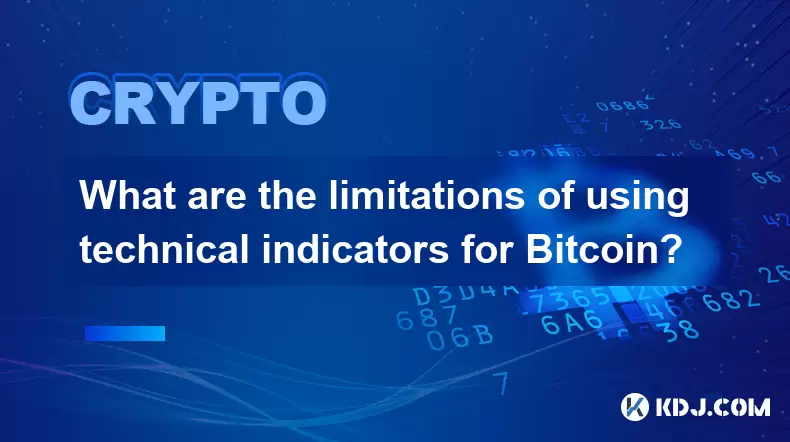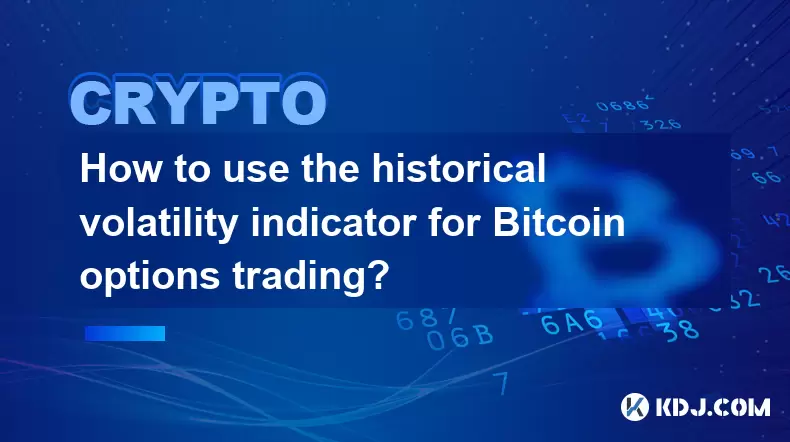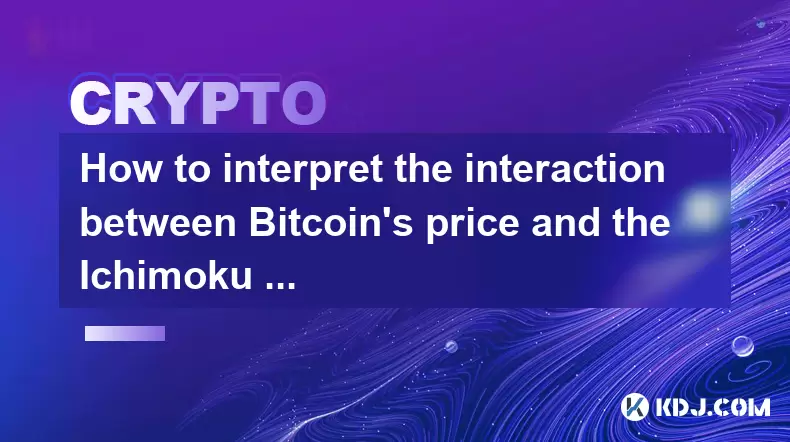-
 Bitcoin
Bitcoin $108,017.2353
-0.81% -
 Ethereum
Ethereum $2,512.4118
-1.58% -
 Tether USDt
Tether USDt $1.0002
-0.03% -
 XRP
XRP $2.2174
-1.03% -
 BNB
BNB $654.8304
-0.79% -
 Solana
Solana $147.9384
-1.76% -
 USDC
USDC $1.0000
-0.01% -
 TRON
TRON $0.2841
-0.76% -
 Dogecoin
Dogecoin $0.1636
-2.09% -
 Cardano
Cardano $0.5726
-1.72% -
 Hyperliquid
Hyperliquid $39.1934
1.09% -
 Sui
Sui $2.9091
-0.59% -
 Bitcoin Cash
Bitcoin Cash $482.1305
0.00% -
 Chainlink
Chainlink $13.1729
-1.54% -
 UNUS SED LEO
UNUS SED LEO $9.0243
-0.18% -
 Avalanche
Avalanche $17.8018
-1.90% -
 Stellar
Stellar $0.2363
-1.69% -
 Toncoin
Toncoin $2.7388
-3.03% -
 Shiba Inu
Shiba Inu $0.0...01141
-1.71% -
 Litecoin
Litecoin $86.3646
-1.98% -
 Hedera
Hedera $0.1546
-0.80% -
 Monero
Monero $311.8554
-1.96% -
 Dai
Dai $1.0000
-0.01% -
 Polkadot
Polkadot $3.3473
-2.69% -
 Ethena USDe
Ethena USDe $1.0001
-0.01% -
 Bitget Token
Bitget Token $4.3982
-1.56% -
 Uniswap
Uniswap $6.9541
-5.35% -
 Aave
Aave $271.7716
0.96% -
 Pepe
Pepe $0.0...09662
-1.44% -
 Pi
Pi $0.4609
-4.93%
How is Bitcoin created? An analysis of mining and transaction verification
Bitcoin mining, crucial for network security, involves solving complex puzzles to add transaction blocks to the blockchain, earning miners new bitcoins and fees.
Apr 13, 2025 at 12:35 pm

Bitcoin, the pioneering cryptocurrency, is created through a process known as mining. This process not only generates new bitcoins but also plays a crucial role in maintaining the integrity and security of the Bitcoin network. In this article, we will delve into the intricacies of Bitcoin creation, focusing on mining and transaction verification.
The Basics of Bitcoin Mining
Bitcoin mining is the process by which new bitcoins are introduced into circulation. It involves solving complex mathematical problems using powerful computers. Miners compete to solve these problems, and the first to find the solution gets to add a new block of transactions to the blockchain and is rewarded with newly minted bitcoins.
The mining process is essential for the Bitcoin network because it ensures the security and decentralization of the system. Without miners, the network would be vulnerable to attacks and fraudulent activities. Miners validate transactions and add them to the blockchain, creating a permanent and unalterable record of all Bitcoin transactions.
The Role of Transaction Verification
Transaction verification is a critical component of the mining process. When a user initiates a Bitcoin transaction, it is broadcast to the network and awaits confirmation. Miners collect these transactions into blocks and verify their validity before adding them to the blockchain.
Verification involves checking the digital signatures of the transactions to ensure that the sender has the authority to spend the bitcoins. It also involves ensuring that the sender has the necessary funds and that the transaction does not result in double-spending, where the same bitcoins are spent more than once.
The Mining Process in Detail
To understand how Bitcoin is created, it's important to look at the mining process in detail. Miners use specialized hardware, known as ASICs (Application-Specific Integrated Circuits), to solve cryptographic puzzles. These puzzles are designed to be difficult to solve but easy to verify, ensuring that the network remains secure.
- Collecting Transactions: Miners gather unconfirmed transactions from the Bitcoin network and group them into a block.
- Solving the Puzzle: Miners compete to find a solution to the cryptographic puzzle, which involves finding a hash that meets the network's difficulty target.
- Adding the Block: The first miner to solve the puzzle gets to add the new block to the blockchain and is rewarded with bitcoins.
- Verification by Other Miners: Other miners on the network verify the new block to ensure its validity before accepting it as part of the blockchain.
The Economics of Mining
Mining is not just a technical process; it also has an economic aspect. Miners incur significant costs in terms of electricity and hardware, and they need to ensure that their mining operations are profitable. The block reward, which is the number of bitcoins awarded to the miner who successfully adds a new block, is a key factor in determining the profitability of mining.
In addition to the block reward, miners also earn transaction fees. These fees are paid by users to prioritize their transactions and are an additional source of income for miners. The combination of block rewards and transaction fees incentivizes miners to continue validating transactions and securing the network.
The Impact of Mining Difficulty
The difficulty of mining is adjusted every 2016 blocks, or approximately every two weeks, to ensure that new blocks are added to the blockchain at a consistent rate. If more miners join the network and the total computing power increases, the difficulty increases to maintain the target block time of 10 minutes. Conversely, if the computing power decreases, the difficulty is reduced.
This adjustment mechanism ensures that the supply of new bitcoins remains predictable and that the network remains secure. It also means that miners must continually upgrade their hardware to remain competitive, as the difficulty of mining increases over time.
The Role of the Blockchain
The blockchain is the underlying technology that makes Bitcoin possible. It is a decentralized ledger that records all Bitcoin transactions in a secure and transparent manner. Each block in the blockchain contains a list of transactions, a timestamp, and a reference to the previous block, creating a chain of blocks that is virtually impossible to alter.
The blockchain's decentralized nature means that no single entity controls it, making it resistant to censorship and fraud. Miners play a crucial role in maintaining the integrity of the blockchain by verifying transactions and adding new blocks.
The Future of Bitcoin Mining
While the future of Bitcoin mining is not within the scope of this article, it is important to understand that the process of creating new bitcoins is designed to be finite. The total supply of bitcoins is capped at 21 million, and the block reward is halved approximately every four years, reducing the rate at which new bitcoins are created.
This halving mechanism ensures that the supply of bitcoins is controlled and that the currency remains deflationary. As the block reward decreases, miners will increasingly rely on transaction fees to sustain their operations, further incentivizing them to validate transactions and secure the network.
Frequently Asked Questions
Q: How does the mining process contribute to the security of the Bitcoin network?
A: The mining process contributes to the security of the Bitcoin network by validating transactions and adding them to the blockchain. Miners compete to solve complex mathematical problems, and the first to find the solution gets to add a new block of transactions. This process ensures that the network remains decentralized and resistant to attacks, as any attempt to alter the blockchain would require an impractical amount of computing power.
Q: What happens if two miners solve the puzzle at the same time?
A: If two miners solve the puzzle at the same time, a temporary fork in the blockchain can occur. Both miners will add their blocks to the blockchain, creating two competing versions. The network will continue to work on both versions until one version becomes longer, at which point the shorter version is discarded. This process ensures that the blockchain remains consistent and that only valid transactions are included.
Q: Can anyone become a Bitcoin miner?
A: Yes, anyone can become a Bitcoin miner, but it requires significant investment in specialized hardware and electricity. The mining process is highly competitive, and individual miners may find it challenging to compete with large mining pools. However, joining a mining pool can increase the chances of earning rewards, as the pool's combined computing power increases the likelihood of solving the cryptographic puzzle.
Q: How does the halving of the block reward affect the Bitcoin network?
A: The halving of the block reward, which occurs approximately every four years, reduces the rate at which new bitcoins are created. This mechanism ensures that the total supply of bitcoins remains capped at 21 million. As the block reward decreases, miners will increasingly rely on transaction fees to sustain their operations, incentivizing them to continue validating transactions and securing the network.
Disclaimer:info@kdj.com
The information provided is not trading advice. kdj.com does not assume any responsibility for any investments made based on the information provided in this article. Cryptocurrencies are highly volatile and it is highly recommended that you invest with caution after thorough research!
If you believe that the content used on this website infringes your copyright, please contact us immediately (info@kdj.com) and we will delete it promptly.
- Dogecoin, PayFi Token, XRP, and Cardano: What's the Hype in the Crypto Space?
- 2025-07-06 04:50:13
- Ruvi AI: The Ethereum Alternative Delivering 100x Token Returns?
- 2025-07-06 05:10:13
- Little Pepe: The Meme Coin Primed for Investment Potential?
- 2025-07-06 04:30:12
- Hong Kong's Stablecoin Licensing Regime: A New Era for Digital Assets
- 2025-07-06 04:30:12
- PEPE, BONK, and Remittix: Meme Coins Meet Real-World Utility
- 2025-07-06 02:30:13
- Score Big This Weekend with BetMGM Bonus Code for MLB Games
- 2025-07-06 02:50:13
Related knowledge

What is the Woodies CCI indicator and can it be used for Bitcoin?
Jul 04,2025 at 05:14pm
Understanding the Woodies CCI IndicatorThe Woodies CCI indicator is a variation of the traditional Commodity Channel Index (CCI), which was originally developed by Donald Lambert. The standard CCI measures the current price level relative to an average price over a given period, typically 14. However, the Woodies version modifies this calculation to mak...

How to use indicators to trade the opening range breakout for Bitcoin CME futures?
Jul 05,2025 at 07:35pm
What Is the Opening Range Breakout Strategy?The opening range breakout (ORB) strategy is a popular trading technique used in both traditional markets and cryptocurrency futures, particularly for Bitcoin on the CME. This method involves identifying a specific price range formed during the early phase of a trading session and then taking positions when th...

What does a bearish cross on the Stochastic RSI mean for Bitcoin?
Jul 05,2025 at 07:18pm
Understanding the Stochastic RSI IndicatorThe Stochastic RSI (Relative Strength Index) is a momentum oscillator used in technical analysis to identify overbought or oversold conditions in an asset's price. It combines two well-known indicators — the RSI and the Stochastic Oscillator — to provide more nuanced signals than either could alone. The Stochast...

What are the limitations of using technical indicators for Bitcoin?
Jul 06,2025 at 03:35am
Understanding the Role of Technical Indicators in Cryptocurrency TradingIn the realm of Bitcoin trading, technical indicators are tools used by traders to analyze historical price data and volume to predict future price movements. These indicators—such as Moving Averages, Relative Strength Index (RSI), and MACD—are widely adopted across traditional fina...

How to use the historical volatility indicator for Bitcoin options trading?
Jul 06,2025 at 04:14am
Understanding the Historical Volatility IndicatorThe historical volatility indicator (HV) is a statistical measure used to assess the price fluctuations of an asset over a specific time period. In the context of Bitcoin options trading, this metric helps traders evaluate past price movements to anticipate potential future swings. Unlike implied volatili...

How to interpret the interaction between Bitcoin's price and the Ichimoku baseline (Kijun-sen)?
Jul 05,2025 at 11:42pm
Understanding the Ichimoku Baseline (Kijun-sen) in Technical AnalysisThe Ichimoku Cloud, also known as Ichimoku Kinko Hyo, is a comprehensive technical analysis tool that provides insights into momentum, trend direction, and potential support/resistance levels. Within this system, the Kijun-sen, or baseline, plays a crucial role. It is calculated by ave...

What is the Woodies CCI indicator and can it be used for Bitcoin?
Jul 04,2025 at 05:14pm
Understanding the Woodies CCI IndicatorThe Woodies CCI indicator is a variation of the traditional Commodity Channel Index (CCI), which was originally developed by Donald Lambert. The standard CCI measures the current price level relative to an average price over a given period, typically 14. However, the Woodies version modifies this calculation to mak...

How to use indicators to trade the opening range breakout for Bitcoin CME futures?
Jul 05,2025 at 07:35pm
What Is the Opening Range Breakout Strategy?The opening range breakout (ORB) strategy is a popular trading technique used in both traditional markets and cryptocurrency futures, particularly for Bitcoin on the CME. This method involves identifying a specific price range formed during the early phase of a trading session and then taking positions when th...

What does a bearish cross on the Stochastic RSI mean for Bitcoin?
Jul 05,2025 at 07:18pm
Understanding the Stochastic RSI IndicatorThe Stochastic RSI (Relative Strength Index) is a momentum oscillator used in technical analysis to identify overbought or oversold conditions in an asset's price. It combines two well-known indicators — the RSI and the Stochastic Oscillator — to provide more nuanced signals than either could alone. The Stochast...

What are the limitations of using technical indicators for Bitcoin?
Jul 06,2025 at 03:35am
Understanding the Role of Technical Indicators in Cryptocurrency TradingIn the realm of Bitcoin trading, technical indicators are tools used by traders to analyze historical price data and volume to predict future price movements. These indicators—such as Moving Averages, Relative Strength Index (RSI), and MACD—are widely adopted across traditional fina...

How to use the historical volatility indicator for Bitcoin options trading?
Jul 06,2025 at 04:14am
Understanding the Historical Volatility IndicatorThe historical volatility indicator (HV) is a statistical measure used to assess the price fluctuations of an asset over a specific time period. In the context of Bitcoin options trading, this metric helps traders evaluate past price movements to anticipate potential future swings. Unlike implied volatili...

How to interpret the interaction between Bitcoin's price and the Ichimoku baseline (Kijun-sen)?
Jul 05,2025 at 11:42pm
Understanding the Ichimoku Baseline (Kijun-sen) in Technical AnalysisThe Ichimoku Cloud, also known as Ichimoku Kinko Hyo, is a comprehensive technical analysis tool that provides insights into momentum, trend direction, and potential support/resistance levels. Within this system, the Kijun-sen, or baseline, plays a crucial role. It is calculated by ave...
See all articles

























































































